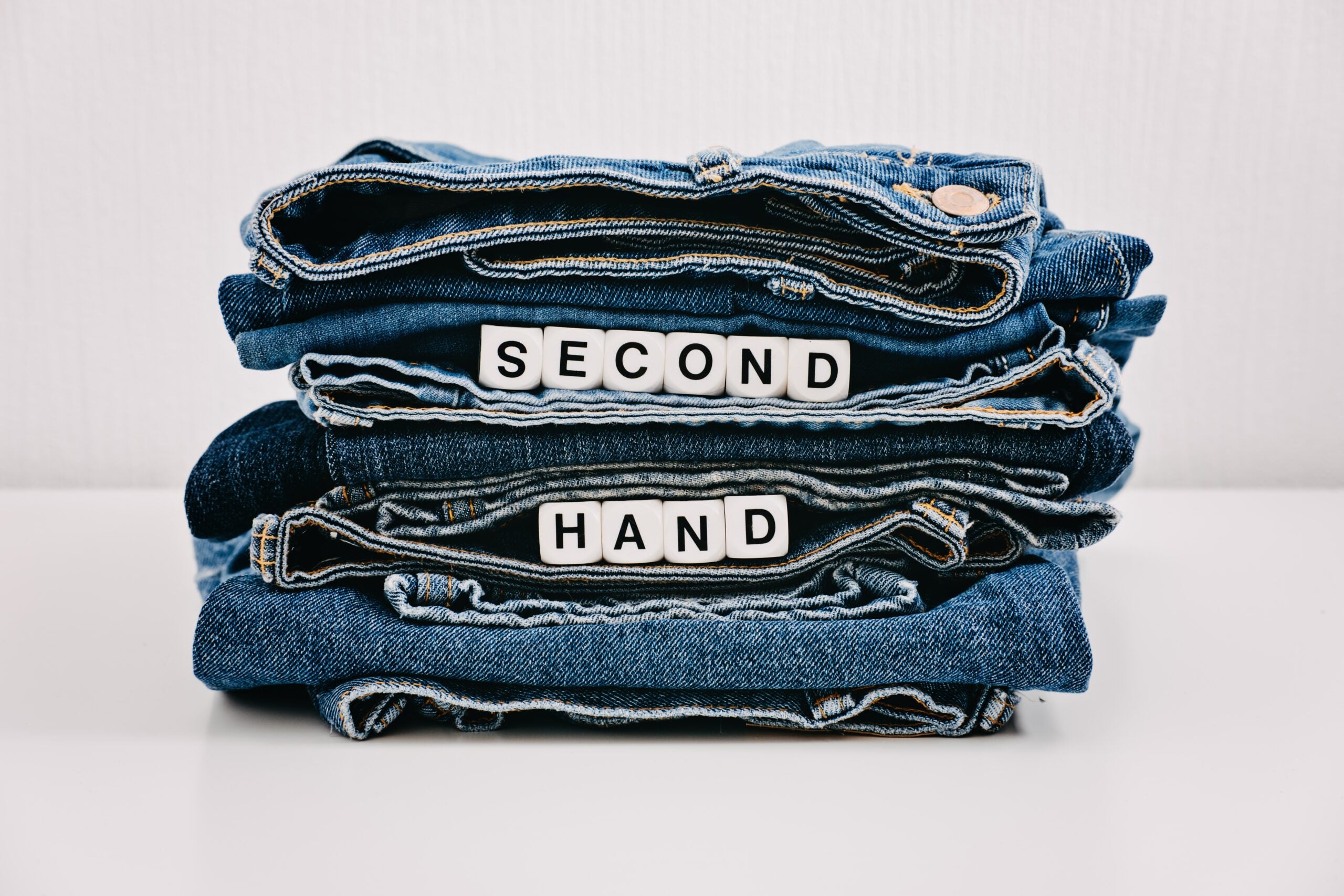
A 2023 Resale Report published by online resale platform ThredUp shows that sustainability is a top five motivator for Generation Z with nearly half now refusing to buy from non-sustainable apparel brands and retailers.
The report found that consumers plan to spend more of their apparel budget on secondhand in 2023, with the top five brands for resale currently: Torrid, Lululemon Athletica, Madewell, Zara, Free People.
“We have made significant progress stimulating circularity in fashion: Resale is starting to blossom globally, with many of the largest retailers in the world adopting more circular business models,” said James Reinhart, ThredUp CEO. “While value continues to be a key driver that motivates consumers to think secondhand first, global climate issues have increased awareness of resale’s potential to reduce fashion’s impact on the environment.
“We are still in the earliest days of inventing how resale can reduce the ongoing production excess in the apparel industry, and I don’t see a world where we’re going back to the way it used to be. Now in its 11th year, the Resale Report has some of the most inspiring findings since its inception in 2013. It’s clear we’re on a promising trajectory, and by working together through collective action, we have the power to alter fashion’s future for the better.
Report highlights:
- Global secondhand market set to nearly double by 2027, reaching $350bn.
- The global secondhand apparel market is expected to grow 3X faster on average than the global apparel market overall.
- Secondhand saw strong growth in 2022 at 28%.
- By 2024, 10% of the global apparel market is expected to be made up of secondhand apparel.
- US secondhand market expected to reach $70bn by 2027.
- US resale will see accelerated growth in 2023, growing at 26%, and continue momentum into 2024, growing at 33%.
- Online resale is the fastest-growing sector of the US secondhand market. Online resale is expected to reach $38bn by 2027, growing 2X faster than secondhand overall.
Environmental impact
The report outlines how buying secondhand reduces the environmental impact of fashion buying and that wearing secondhand clothing instead of new reduces carbon emissions by an average of 25%.

US Tariffs are shifting - will you react or anticipate?
Don’t let policy changes catch you off guard. Stay proactive with real-time data and expert analysis.
By GlobalDataResale also has the potential to cut new clothing production. Figures from the report show fashion has an overproduction problem with more than 100 billion garments produced globally each year for a global population of 8 billion.
- US consumers bought 1.4bn secondhand apparel items in 2022 that they normally would have bought new, up 40% from 2021.
- More than one-third of retailers say if resale proved to be successful, they’d cut production of new products.
- 86% of retail execs say their customers are already participating in resale, up 8 pts from 2021.



